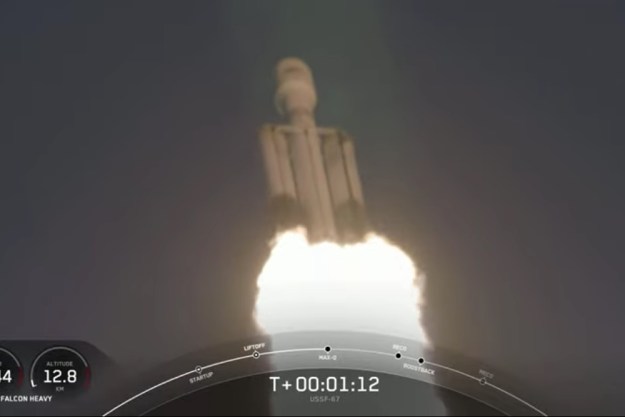Just in time for the end of the month, and the ending of summer in the Northern Hemisphere, tonight will see a rare astronomical phenomenon called a blue supermoon. The moon will be looking particularly spectacular tonight, so if you have the chance to head outside this evening, then make sure to look up and admire our planet’s largest satellite.
The moon will be at its largest and most prominent tonight, and you don’t need any special equipment like telescopes to enjoy the sight. But if you are a keen sky watcher and you do have a telescope or binoculars, then you might want to grab that too as there’s a chance you could also catch a great view of Saturn. You can also check out NASA’s daily moon guide to learn what sights of the moon you’ll be able to see based on what equipment you have and what hemisphere you’re in.

A supermoon happens when the moon reaches its closest point to Earth. That occurs because the moon doesn’t actually orbit the Earth in a perfect circle — rather, its orbit is slightly elliptical or oval-shaped. So at some points during the month, the moon is further away, and at other times it is closer. When the moon is at its closest point at the same time that it is full, it is called a supermoon and appears around 14% larger than usual.
A blue moon, made famous by the phrase “once in a blue moon,” doesn’t actually involve the moon changing color. Rather, it is a phrase applied to the rare occasions in which two full moons occur during one calendar month. The second of these full moons is called a blue moon.
However, as Sky & Telescope notes, the phrase can have a rather complicated and ambiguous meaning. Sometimes the phrase blue moon can relate to seasonal frequency, not monthly frequency. It can refer to the occasions when four full moons occur within a season, which normally has only three. The third full moon of the four within a season has historically been called a blue moon to help keep the names of other moons in sync.
So tonight’s moon is blue by the calendar meaning, but not by the seasonal meaning. We’ll leave it to you to decide whether that counts or not.
Editors' Recommendations
- How to watch three crew members launch to the ISS on Thursday
- How to watch NASA and SpaceX launch a private lunar lander mission this week
- How to watch NASA launch its newest ocean and atmosphere observation satellite tonight
- How to watch the Axiom 3 mission launch on Thursday
- How to watch the Quadrantid meteor shower hit its peak tonight



